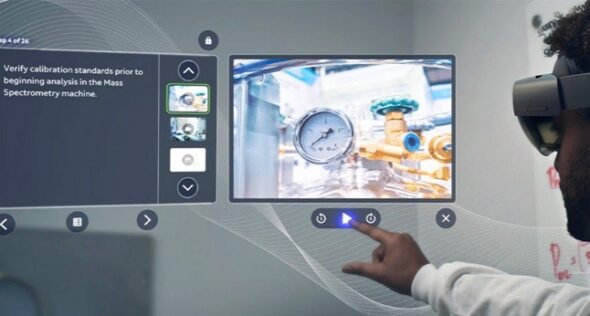Le principali tipologie di display sono LCD, LED, OLED e altre varianti. Ognuna presenta specifici vantaggi e limiti. Di seguito vengono descritte le tecnologie attualmente più diffuse, le loro caratteristiche e le differenze tra i display riflettivi, trasmissivi e transflettivi.
Tipologie ottiche dei display
- Riflettivi: non emettono luce propria e sfruttano la luce ambientale per mostrare le informazioni, generalmente come caratteri neri su fondo chiaro. Sono impiegati dove serve basso consumo energetico, come negli orologi digitali o nei dispositivi da esterno.
- Transflettivi: parzialmente trasparenti alla luce. Possono essere usati con o senza retroilluminazione. In ambienti luminosi utilizzano la luce naturale, mentre in condizioni di scarsa luminosità si attiva la retroilluminazione.
- Trasmissivi: necessitano sempre di retroilluminazione per la lettura. Sono i più diffusi in ambiti come smartphone, tablet, monitor e sistemi di controllo industriale.
LCD, LED, OLED e altre tecnologie
- LCD (Liquid Crystal Display): non generano luce propria. I cristalli liquidi modificano la direzione della luce polarizzata sotto l’effetto di un campo elettrico. Usati in dispositivi a batteria, come orologi digitali o strumenti portatili, possono includere retroilluminazione opzionale.
- LED (Light Emitting Diode): emettono luce autonoma tramite diodi luminosi. Utilizzati in sveglie, pannelli di controllo e sistemi industriali. Offrono buona leggibilità anche in ambienti molto illuminati.
- OLED (Organic Light Emitting Diode): realizzati con semiconduttori organici a film sottile. Sono flessibili e non richiedono retroilluminazione. Permettono la produzione di schermi leggeri e pieghevoli.
- Quantum Dot: tecnologia moderna che impiega una retroilluminazione blu modificata da cristalli semiconduttori, i quali generano punti rossi e verdi. Dalla combinazione dei tre colori primari nasce un’ampia gamma cromatica. Il vantaggio principale è la maggiore fedeltà dei colori, poiché non si usa una luce bianca di fondo.
- HDR (High Dynamic Range): non è un tipo di display, ma una tecnologia che migliora contrasto e resa cromatica di immagini e video.
Display nel settore industriale
In ambito industriale è essenziale garantire una visualizzazione chiara e stabile, anche in ambienti difficili. Tutte le tipologie di display vengono impiegate, tranne i Quantum Dot, meno diffusi dove la qualità d’immagine non è prioritaria.
I display LED restano molto usati grazie alla loro robustezza e affidabilità. Quando è richiesto anche l’inserimento dei dati, si preferiscono i touchscreen, basati su display LCD con uno strato sensibile al tocco. Offrono visualizzazioni chiare e comandi intuitivi, eliminando la necessità di pulsanti o interruttori fisici. Nel settore industriale i display devono resistere a condizioni complesse come polvere, vibrazioni e sporco. Oggi sono disponibili in molte dimensioni, anche da 19 o 23 pollici, per mostrare più informazioni in modo leggibile. L’uso dei touchscreen ha sostituito i vecchi sistemi di comando con tasti e interruttori. Oltre alla facilità di pulizia e manutenzione, questi schermi sono configurabili e adattabili alle esigenze operative, rappresentando una soluzione moderna e funzionale.






